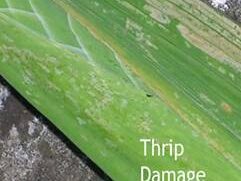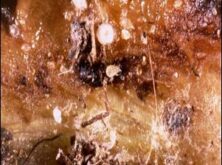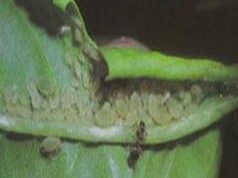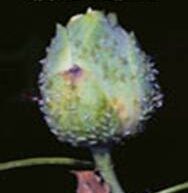Lily
Thrips
Symptoms of damage
Identification of pest
Egg - opaque white, smooth and bean shaped, deposited in the leaf tissue and corms.
Adult - milky-white, which later turn brown
Wings have a light transverse band near the base.
Management


Lily bulb mite
Symptoms of damage
Identification of pest
Very minute in size, visible to naked eye.
Yellowish white in colour.
Pinkish tinge, bead like, shining & slow moving mite.
Management


Green peach aphid
Symptoms of damage
Identification of pest
Yellowish green or rarely reddish aphids suck the sap.



Management
Tulip bulb aphid
Symptoms of damage
Identification of pest
Grey with wax appearance.
Cluster under bulb coats.
Management

Leaf caterpillar
Symptoms of damage
Identification of pest
Black larva with red white spots.
Adult is a brown moth with yellow and red markings
Management


Source: https://agritech.tnau.ac.in/
